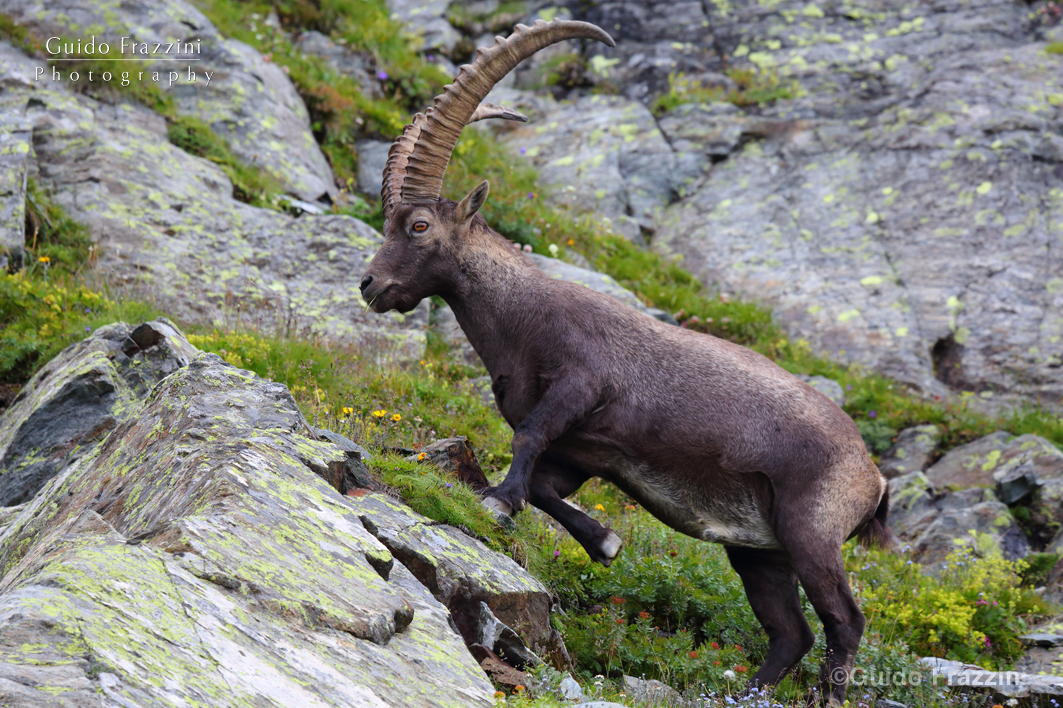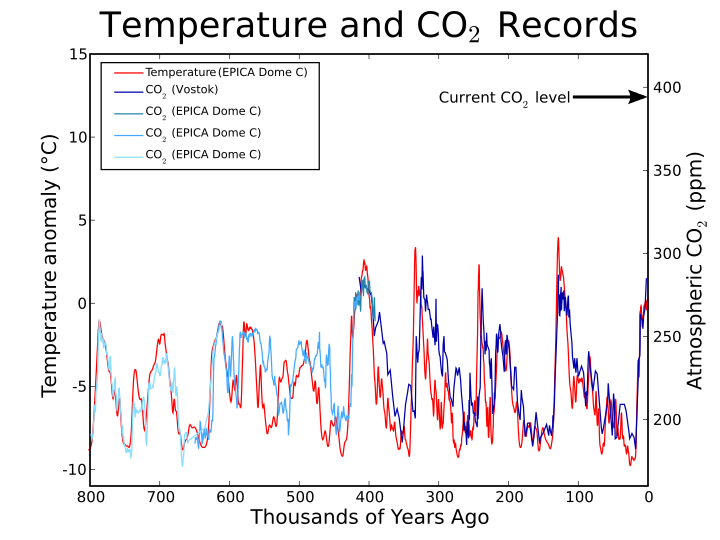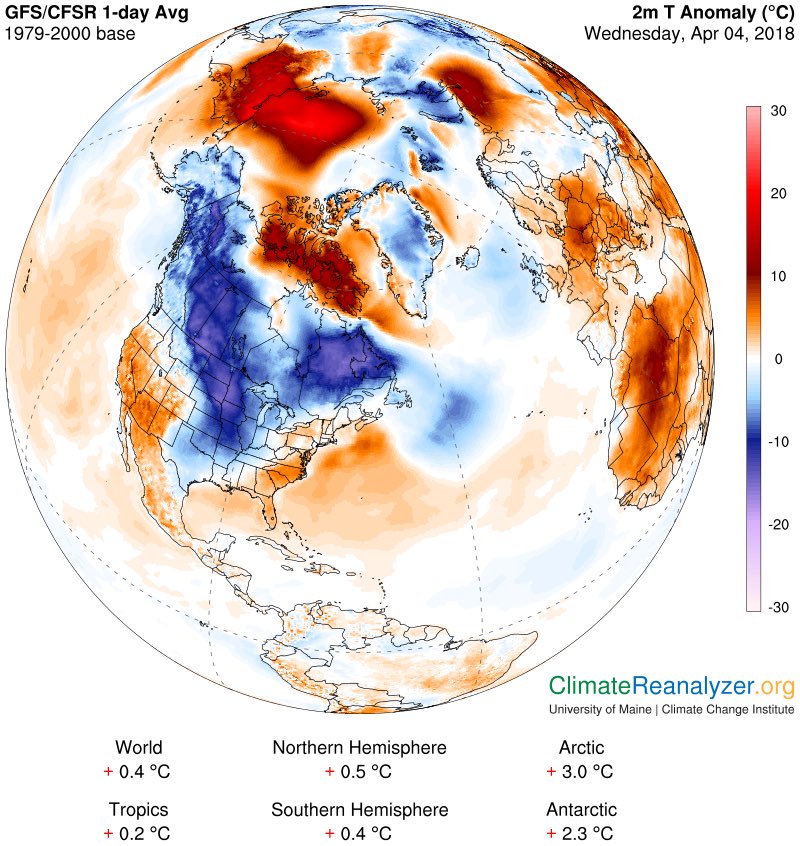Martinhouse
Deceased
This year I'm switching over to container gardening. The containers are halved food grade barrels, both 30 and 55 gallon sizes. Most of the big ones are already in use in my greenhouse. They grew awesome kale and cabbage this year, thanks to my rabbit "by-products". (I'm thinking I need to breed those rabbits since I have only the one pair right now.) Last summer I grew pruned back okra in the greenhouse when the sides were opened up, but I couldn't keep ahead of the aphids and white flies.
Most of the outdoor containers will be in a small fenced garden. cold-sensitive things like tomatoes will be along the fence where it is easy to hang covers during a sudden cold snap. In the center I can plant greens and root crops.
And I am definitely expecting there will be cold snaps all summer, just like the one that's happening right now. They might not get down below freezing in this year's summer, but I have no doubt that it could happen within two or three years. I don't use plastic for frost protection, but I have gradually acquired lots of mattress pads, both new and used, to cover important things in the greenhouse, and I have a multitude of sheets from yard sales and thrift stores that will keep a light frost off of things like my beans and tomatoes.
I rarely get any fruit from my pear trees any more, possibly for lack of bees, but I think late frosts will more and more affect fruit trees, so I'm not going to replace them. I'm switching over to berries, both cane and bush, which are easier to protect from freezing.
Most of the outdoor containers will be in a small fenced garden. cold-sensitive things like tomatoes will be along the fence where it is easy to hang covers during a sudden cold snap. In the center I can plant greens and root crops.
And I am definitely expecting there will be cold snaps all summer, just like the one that's happening right now. They might not get down below freezing in this year's summer, but I have no doubt that it could happen within two or three years. I don't use plastic for frost protection, but I have gradually acquired lots of mattress pads, both new and used, to cover important things in the greenhouse, and I have a multitude of sheets from yard sales and thrift stores that will keep a light frost off of things like my beans and tomatoes.
I rarely get any fruit from my pear trees any more, possibly for lack of bees, but I think late frosts will more and more affect fruit trees, so I'm not going to replace them. I'm switching over to berries, both cane and bush, which are easier to protect from freezing.













